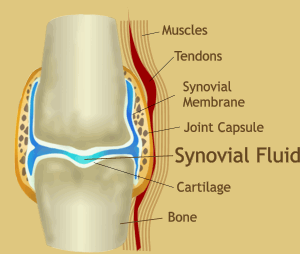Neuromas
Neuromas
The nerves that are cut during an amputation will “roll up” at the end. Surgeons put the nerve under tension before cutting it with the hope that the nerve will “roll up” into the muscle belly, essentially being protected by the body’s own tissue. Sometimes, the end of the nerve will move, secondary to muscle atrophy (loss of volume) or the nerve moving itself. Unfortunately, this can allow external stimuli to make contact with nerve and cause pain. The pain is typically short in duration, but extremely intense. Often times, you can actually palpate (touch) the small nodule, and it will elicit the pain when contact is made. Several treatment options exist:
Injections
Injecting medication at the site of the neuroma will “numb” the nerve and offer pain relief. Unfortunately, the relief is temporary so this technique will require multiple injections over time. Sometimes, physicians use this technique to diagnosis a neuroma and determine more permanent solutions in the future.
Socket adjustments
A great prosthetist can build a socket around a neuroma, offering relief areas around the neuroma so that contact is not made.
Surgery
A surgeon will open the limb, locate the nerve, put the nerve on tension, and cut the nerve which should allow it to roll up into the muscle belly again to protect itself. Also, a surgical technique termed a “nerve block” can be used to numb the entirety of the nerve.
Sock adjustments
Cutting a relief area in several ply socks over the residual limb may potentially offer some relief in the socket.
Neuroma pain can be crippling and hinder independence with all functions. A team approach between the patient, the therapist, the prosthetist, and the physician will ultimately offer the patient the best possible outcome.


















